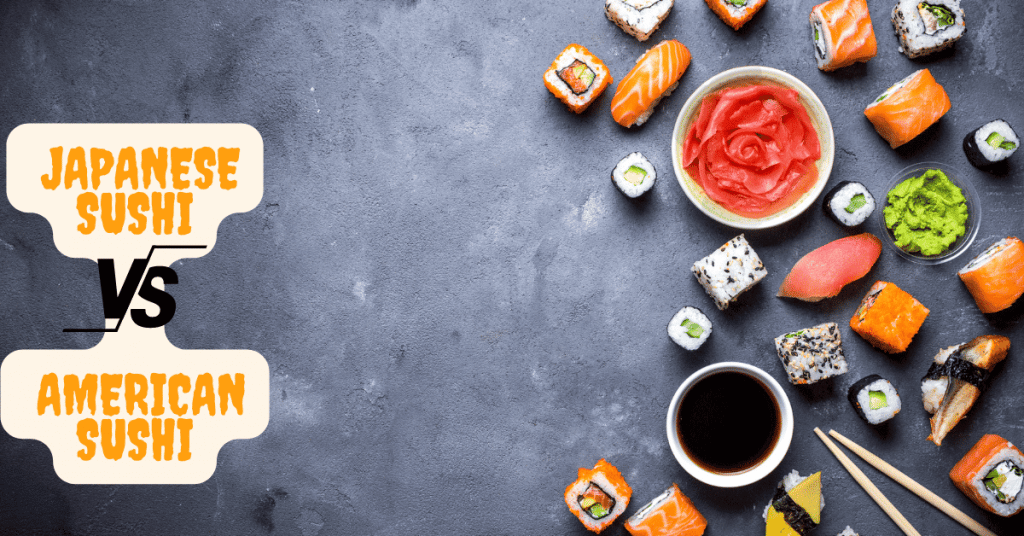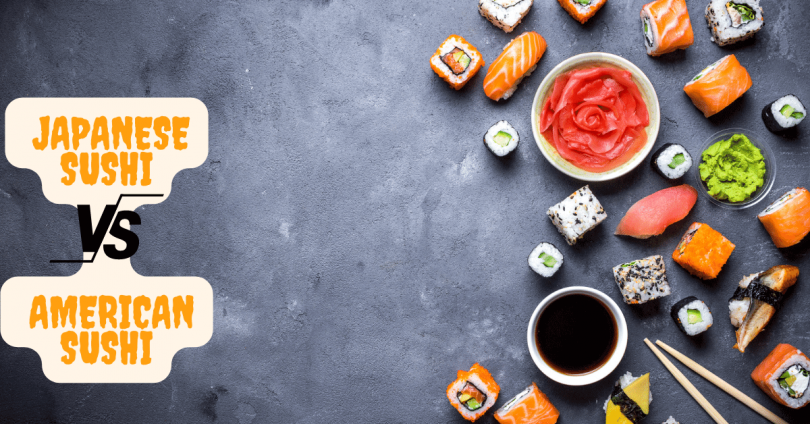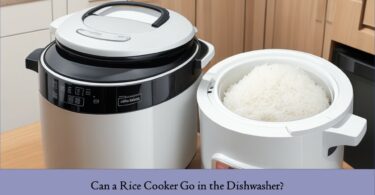There are many differences between Japanese sushi and American sushi. For one, Japanese sushi is typically made with raw fish, while American sushi is often cooked. Additionally, Japanese sushi rice is vinegar-flavored, while American sushi rice is not. Finally, Japanese sushi rolls are smaller and thinner than American sushi rolls. All of these factors contribute to the distinct Flavor profiles of these two types of sushi.

Difference Between Japanese Sushi and American Sushi
When it comes to flavor, Japanese sushi is much more subtle than American sushi. This is due in part to the fact that Japanese sushi is typically made with raw fish, which has a delicate flavor. Additionally, the rice used in Japanese sushi is vinegar-flavored, which gives it a slightly sour taste. Finally, Japanese sushi rolls are smaller and thinner than American sushi rolls, which allows the flavor of the fish to shine through.
In contrast, American sushi is much bolder in flavor. This is due in part to the fact that American sushi is often cooked, which brings out the natural sweetness of the fish. Additionally, the rice used in American sushi is not vinegar-flavored, so it has a milder taste. Finally, American sushi rolls are larger and thicker than Japanese sushi rolls, which allows the fillings to be more prominent.
When it comes to texture, Japanese sushi is much smoother than American sushi. This is due in part to the fact that Japanese sushi is typically made with raw fish, which has a softer texture. Additionally, the rice used in Japanese sushi is vinegar-flavored, which gives it a sticky texture. Finally, Japanese sushi rolls are smaller and thinner than American sushi rolls, which makes them easier to eat.
In contrast, American sushi is much coarser in texture. This is due in part to the fact that American sushi is often cooked, which gives the fish a firmer texture. Additionally, the rice used in American sushi is not vinegar-flavored, so it has a drier texture. Finally, American sushi rolls are larger and thicker than Japanese sushi rolls, which makes them more difficult to eat.
When it comes to nutrition, Japanese sushi is the healthier option. This is due in part to the fact that Japanese sushi is typically made with raw fish, which is a good source of protein and omega-3 fatty acids. Additionally, the rice used in Japanese sushi is vinegar-flavored, which makes it lower in calories than American sushi. Finally, Japanese sushi rolls are smaller and thinner than American sushi rolls, which means they have a lower calorie density.
In contrast, American sushi is the less healthy option. This is due in part to the fact that American sushi is often cooked, which destroys some of the nutrients in the fish. Additionally, the rice used in American sushi is not vinegar-flavored, so it is higher in calories. Finally, American sushi rolls are larger and thicker than Japanese sushi rolls, which means they have a higher calorie density.
When it comes to cost, Japanese sushi is the more expensive option. This is due in part to the fact that Japanese sushi is typically made with raw fish, which is more expensive than cooked fish. Additionally, the rice used in Japanese sushi is vinegar-flavored, which makes it more expensive than American sushi. Finally, Japanese sushi rolls are smaller and thinner than American sushi rolls, which makes them more difficult to produce.
In contrast, American sushi is the less expensive option. This is due in part to the fact that American sushi is often cooked, which makes it less expensive than Japanese sushi. Additionally, the rice used in American sushi is not vinegar-flavored, so it is less expensive. Finally, American sushi rolls are larger and thicker than Japanese sushi rolls, which means they are easier to produce.
When it comes to taste, Japanese sushi is the better option. This is due in part to the fact that Japanese sushi is typically made with raw fish, which has a delicate flavor. Additionally, the rice used in Japanese sushi is vinegar-flavored, which gives it a slightly sour taste. Finally, Japanese sushi rolls are smaller and thinner than American sushi rolls, which allows the fillings to be more prominent.
In contrast, American sushi is the worse option. This is due in part to the fact that American sushi is often cooked, which brings out the natural sweetness of the fish. Additionally, the rice used in American sushi is not vinegar-flavored, so it has a milder taste. Finally, American sushi rolls are larger and thicker than Japanese sushi rolls, which means the fillings are less prominent.
Overall, Japanese sushi is the better option when it comes to texture, nutrition, cost, and taste. American sushi is the worse option in all of those categories. If you’re looking for a healthy, delicious, and affordable meal, Japanese sushi is the way to go.



